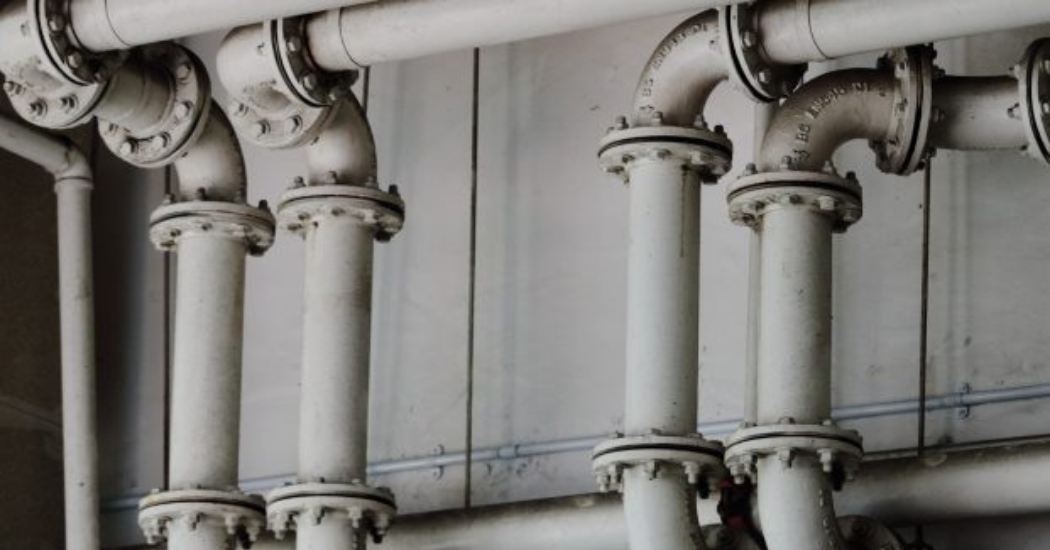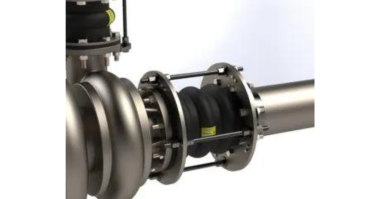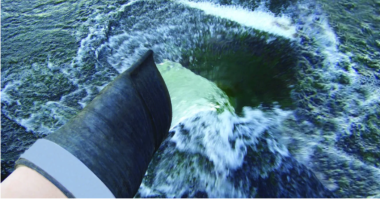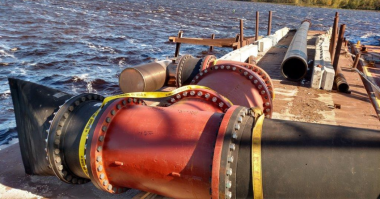Introduction
Today numerous industries use FRP piping, including power plants, oil and gas, chemical processing, pulp and paper, and water/wastewater.
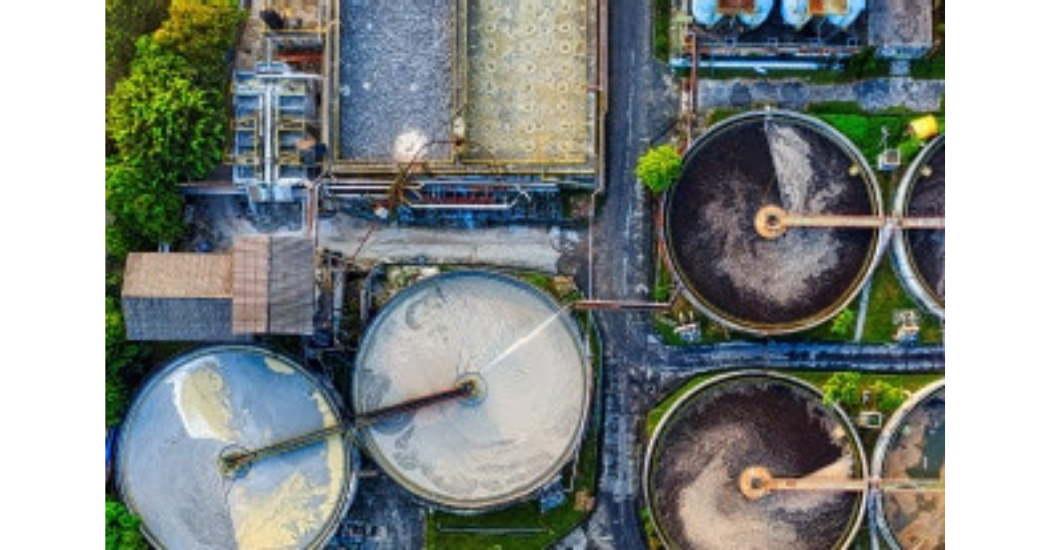 To manufacture Fiberglass Reinforced Thermosetting Plastic pipe (FRP) a winding process is used that combines thermosetting epoxy resins reinforced with continuous glass fibers. The resins provide superior chemical resistance capabilities, while the fiber reinforcement gives the pipe exceptional mechanical strength. Fillers and dyes can also be added to the composite material.
To manufacture Fiberglass Reinforced Thermosetting Plastic pipe (FRP) a winding process is used that combines thermosetting epoxy resins reinforced with continuous glass fibers. The resins provide superior chemical resistance capabilities, while the fiber reinforcement gives the pipe exceptional mechanical strength. Fillers and dyes can also be added to the composite material.
FRP pipe is not the same as other plastic pipes such as polyvinyl chloride (PVC) or polyethylene. The composite of filament reinforcement and epoxy resins results in a much stronger, lightweight pipe.
FRP pipe comes in sizes from one to 144 inches in diameter. FRP pipe offers much flexibility and potential for customizing pipe for various industries.
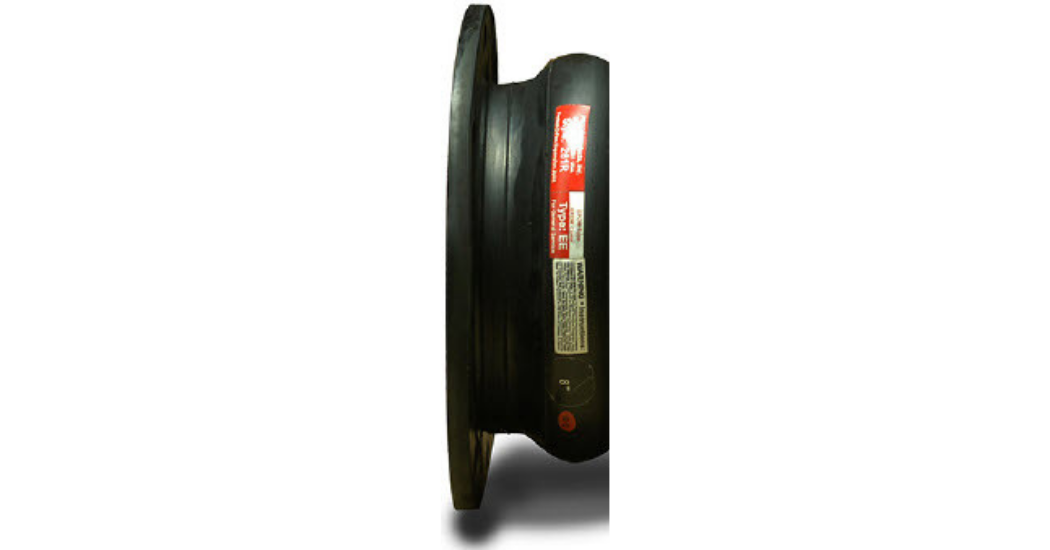 History Of FRP
History Of FRP
FRP has been around since the late 1940’s and was primarily used in the oil industry at that time. In the late 1950’s, as larger pipe diameters became available, the chemical process industry and pulp bleaching processes started using FRP. Its corrosion resistance and high conveying capacity made FRP especially attractive.
In 1959, the American Society for Testing and Materials (ASTM) published the first nationally recognized standards and test methods for FRP pipe. The American Petroleum Institute (API) published the first FRP pipe standard in 1968. Today there are numerous standards for FRP pipe, from ASTM, American Society of Mechanical Engineers (ASME), International Organization for Standardization (ISO), American Water Works Association (AWWA) and other associations.
In the 1960’s FRP municipal water and wastewater facilities began using FRP piping due to its durability and strength. FRP’s corrosion resistance eliminates the need for special pipe linings as well.
Coal-fired power plants began adding scrubbers to remove sulfur dioxide in the 1970’s. Scrubbers convert the sulfur dioxide into a fluid or slurry-type substance pumped through FRP piping. Waste streams at the back end of power plants, such as ash ponds and water/wastewater systems also utilize FRP in their piping systems.
The low maintenance and life cycle cost of FRP compares favorably to stainless steel and other exotic metal piping for many industries today. FRP is also resistant to wear, corrosion and has a high strength-to-weight ratio, and FRP’s light weight makes it easier and less costly to transport.
Continuous improvements in the number and type of resins, combined with various fillers and dyes have broadened the use of FRP pipe even more. Resin systems and reinforcements can be tailored for an application depending on corrosivity, temperature, abrasiveness, and other aspects of the matrix and environment.
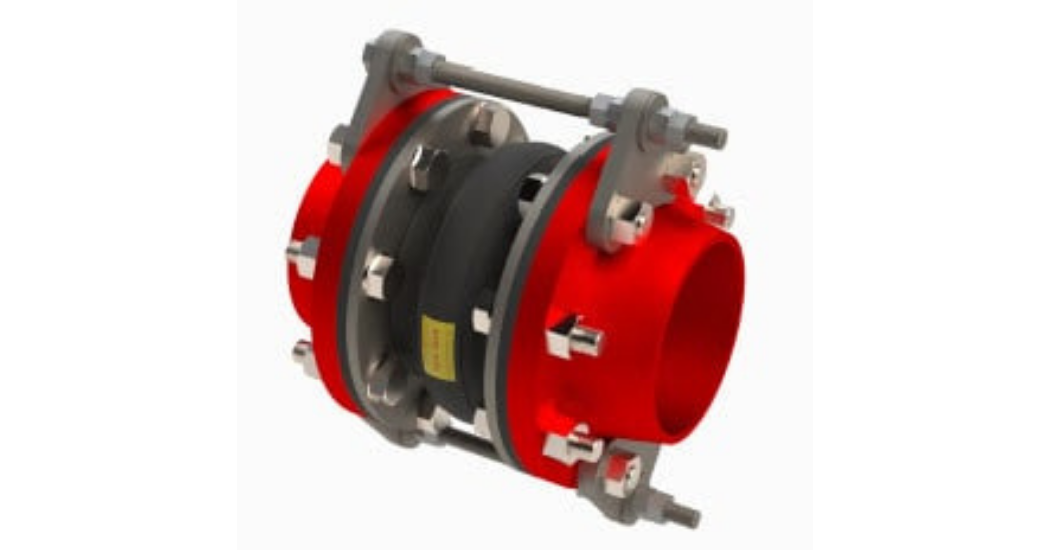 Common Pitfalls When Selecting Expansion Joints For FRP
Common Pitfalls When Selecting Expansion Joints For FRP
Expansion joints are flexible connectors used in piping systems of nearly all industries. They allow for movement within a piping system that occurs due to changes in temperature or pressure. They can also reduce noise and vibration. Expansion joints come in a wide variety of types and materials.
Using the wrong expansion joint in a piping system can reduce the life of the joint and have potentially disastrous consequences if the joint fails. Selecting the proper expansion joints for a specific project is critical to optimizing the life of the joints, reducing downtime, and protecting employees. The variety of options makes it even more important to spend time selecting the proper joint for each application and piping system.
FRP piping has special characteristics that must be considered when determining which expansion joints to include. Below are some common pitfalls to watch out for when selecting expansion joints for FRP systems.
Using An Expansion Joint That Is Too Strong:
The combination of lower strength pipe and large thermal expansion must factor into the expansion joint selection. Expansion joints must be the “weak link” in the piping system to provide the needed movement and flexibility. Thus, the expansion joint cannot be stronger than the pump, pipe, or pipe flange. Expansion joints used in FRP piping systems need to be lower in stiffness than those used in steel piping systems.
Incomplete Understanding Of Activation Forces:
The forces developed during a temperature change are relatively small in FRP piping as compared metal piping systems. Therefore, expansion joints specified for FRP systems must be activated by low forces.
The engineer must understand the “allowables” for stiffness and the amount of force needed to compress the expansion joint versus the flange itself. The allowable activation force for expansion joints depends on both the thermal forces developed and support spacing. Supports must be the type that prevent lateral movement.
In FRP piping systems, expansion joints may also need lower spring rates to compress, extend or laterally offset pipe movement. The required activation force for FRP piping needs to be smaller than would normally be expected for steel piping.
Failing To Obtain All Necessary Design Criteria:
A common pitfall occurs when the wrong expansion joints are specified because insufficient data was obtained prior to design. This includes the “STAMPED” criteria below, as well as the range of thermal movement and an analysis of stresses on the pipe.
Design Considerations
The more information the expansion joint supplier has, the more likely the proper joint will be provided.
Know The Stamped Criteria
Pipe runs are often long, so stiffness and movement must be a consideration for expansion joints during design. Knowing the “STAMPED” criteria is essential to preventing joint failure and optimizing life.
Size: What is the inner pipe diameter, pipe thickness, overall distance between flanges?
Temperature: What is the temperature range of the media and rate of change? If the pipe is located outside, what is the ambient temperature range?
Application: In which industry are the joints being used, and what type of equipment is connected? What is the process media – fluid, solids, gas? Acidic, basic, or neutral?
Movement: What is the expected type and magnitude of movement of the pipe at specific locations?
Pressure/Vacuum: What are test, operating and surge pressures within the system?
End Fittings: What type and configuration are the end fittings? What drilling pattern will be needed?
Delivery: How quickly are the expansion joints needed?
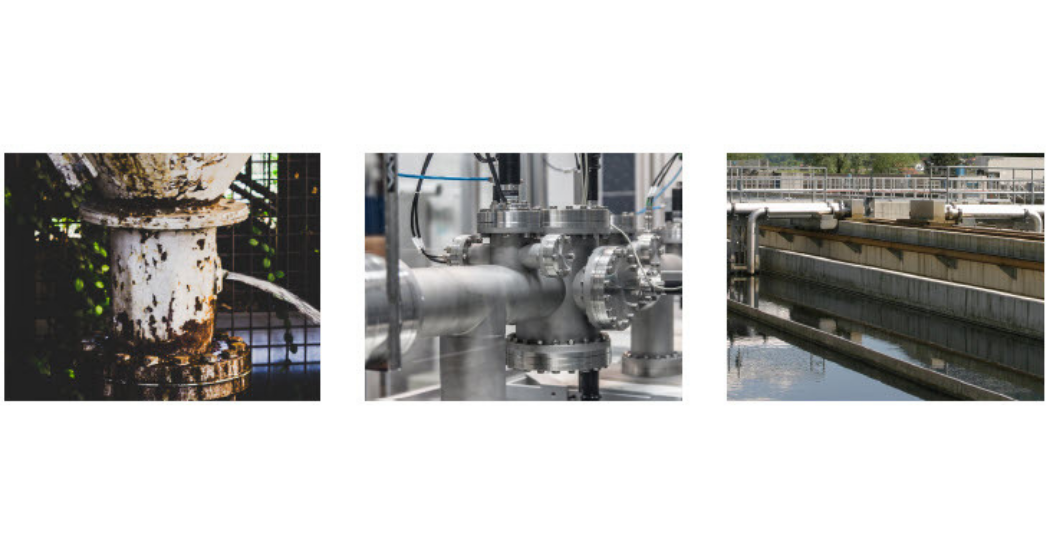 Thermal Movement Calculation
Thermal Movement Calculation
Because FRP pipe is wound with fiberglass filaments it has different thermal expansion in the hoop and axial direction. While FRP pipe has about the same thermal expansion as steel in the hoop direction, it has about twice that of steel in the axial direction. The complete range of thermal movements in the piping system must be determined to optimize expansion joint life when using FRP pipe.
The maximum thermal expansion and contraction should be calculated to ensure the expansion joint can absorb the full range of movement. Calculate temperature changes for expansion by subtracting the installation temperature from the maximum design temperature. Calculate changes for contraction by subtracting the minimum design temperature from the installation temperature.
Pipe Stress Analysis
A pipe stress analysis data sheet showing the loads, movements and allowable for spring rates provides critical information needed to build the proper expansion joint. Many companies design their piping systems using computerized pipe stress analysis programs.
Preset May Be Necessary
The selected expansion joints must be able to accommodate any motion, in either direction, which can occur in the piping system. Piping should be aligned within 1/8”. If offset is more consult with expansion joint provider and engineer of system for allowables. A calculated degree of preset must be completed during installation for most systems.
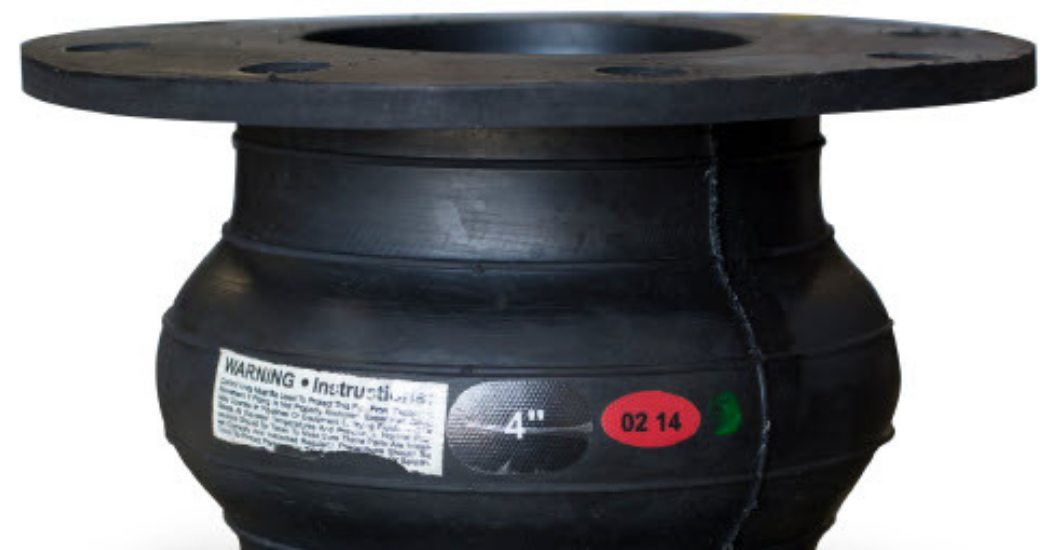 Engage Technical Experts
Engage Technical Experts
Collaborating with experts that have practical experience will help engineers to understand the expansion joint specifications for FRP systems. Getting technical advice can ensure the proper expansion joints are designed and installed for a specific piping system. These professionals can educate staff on ways to optimize expansion joint life and reduce costly downtime.
Proco Products, Inc. team will work closely with engineers during the design process to properly to recommend the right types and locations for expansion joints in a system or project.
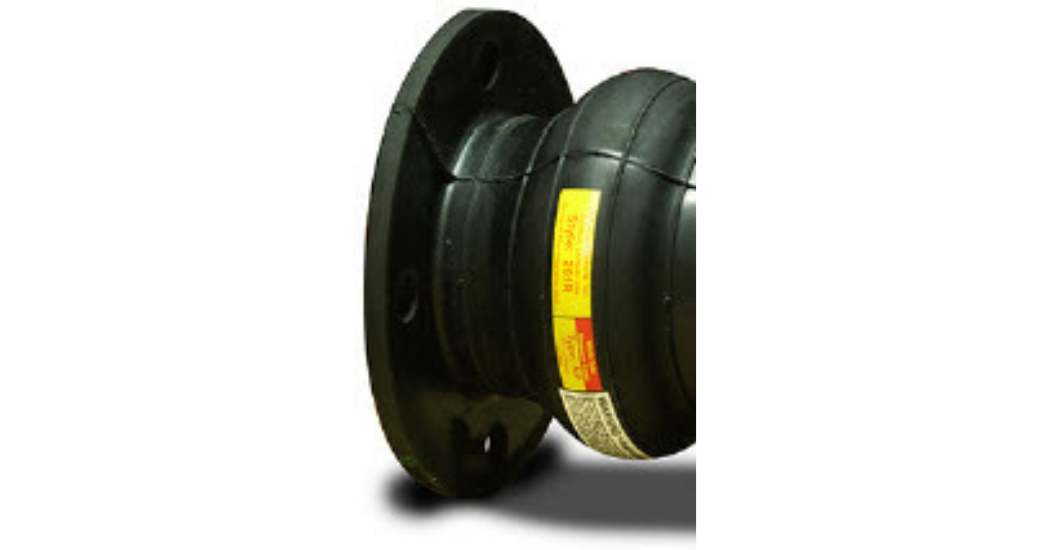 Proco Products works with FRP engineering specialists at Maverick Applied Sciences to provide FRP piping forums. Proco also gives presentations on expansion joint selection, installation, and maintenance. In addition, Proco can provide a free expansion joint survey in existing systems, complete with a written report of detailed information and photos.
Proco Products works with FRP engineering specialists at Maverick Applied Sciences to provide FRP piping forums. Proco also gives presentations on expansion joint selection, installation, and maintenance. In addition, Proco can provide a free expansion joint survey in existing systems, complete with a written report of detailed information and photos.
Proco also has a good relationship with FRP suppliers, who can provide assistance as well. Proco is affiliated with the Fluid Sealing Association, the think tank for rubber expansion joint design. where manufacturers listen to engineers and industry experts to learn about real life problems in the field and provide solutions.
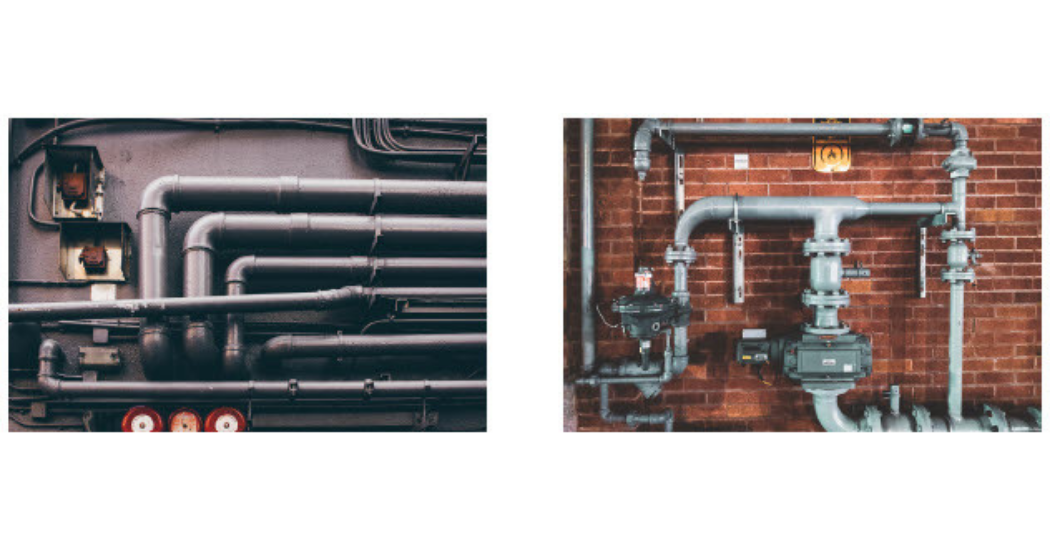 Expansion Joints For FRP Systems
Expansion Joints For FRP Systems
Proco Product’s Series 230 expansion joints are used in heavy FRP chemical and power plants. These joints are available as single, double, or triple wide arches and come with open arch (for fluids) or filled arch (for solids).
The Series 230 expansion joints are available in various elastomers for FRP systems. They are especially designed to reduce the need for maintenance.
All these products absorb directional movement, vibration, noise, and shock.
Proco Products 260R series molded wide arch expansion joints are also used in FRP piping systems. These expansion joints have the lowest spring rates and forces to compress, extend or laterally offset compared to any expansion joint made today. This means they can be used with FRP pipes, pumps, valves, and tanks without fear of the expansion joint being stronger than the connecting appurtenance. They also work well in PVC and CPVC piping systems.
These joints are suitable for numerous tough applications, including those with corrosive materials chemical, petroleum, and pulp and paper facilities. They can be used in retrofitting projects where metallic hoses or expansion joints, or older designed joints were previously installed.
The 261R and 262R rubber expansion joints absorb thermal movements that occur in the piping system due to temperature changes. They dampen noise and vibration generated by mechanical equipment and reduce resulting stresses in the system downstream.
The 261R is a single molded wide-arch expansion joint and the 262R is a double molded wide-arch joint used for fluid service.
The 260R series can be supplied with EPDM and nitrile elastomers as well as others.
Proco Products, Inc. is a global company, and maintains one of the largest inventories of rubber expansion joints in the world.
Want to learn more about expansion joints in FRP piping systems? Contact Proco today.

